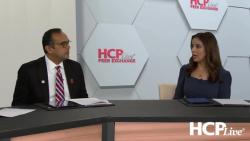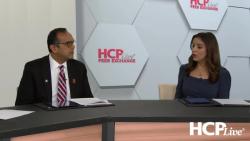Expanding Horizons on Who can Benefit from Non-Statin LDL-Cholesterol Lowering Therapy for Cardiovascular Risk Reduction - Episode 6
Overcoming Access Barriers to Novel Non Statin Therapies
Dr Taub describes effective strategies in overcoming access barriers to novel lipid lowering therapies.
Summary
The experts discuss barriers to initiate newer, more intensive lipid-lowering therapies after cardiovascular events and strategies to enhance access. A key challenge is overcoming inertia and reluctance to intensify therapy quickly. Even when attempts are made to accelerate treatment, new therapies are frequently denied by insurers.
For example, with the advent of PCSK9 inhibitor immunotherapy, the outstanding 60% LDL reductions seen in trials did not readily translate to clinical practice due to strict insurance approval criteria. However, eligibility criteria have eased over time, enhancing real-world access. Still, uniform approval standards are needed to facilitate broad access to novel therapies after events.
Strategies like shared decision-making boards between medical societies, clinicians, and payers can align guidelines with insurer expectations. One example is a one-page prior authorization checklist outlining required information like recent LDL levels, documentation of maximally tolerated statin therapy, and other key phrases payers look for. Incorporating such “buzzwords” into the medical record can accelerate approvals by addressing common reasons for denials.
In summary, overcoming clinical inertia as well as administrative burdens imposed by payers is critical to optimizing lipid management after cardiovascular events. A shared vision between stakeholders, clear documentation requirements, and streamlined approval processes for novel therapies can enhance real-world access and uptake.
Summary was AI-generated and edited for clarity.



